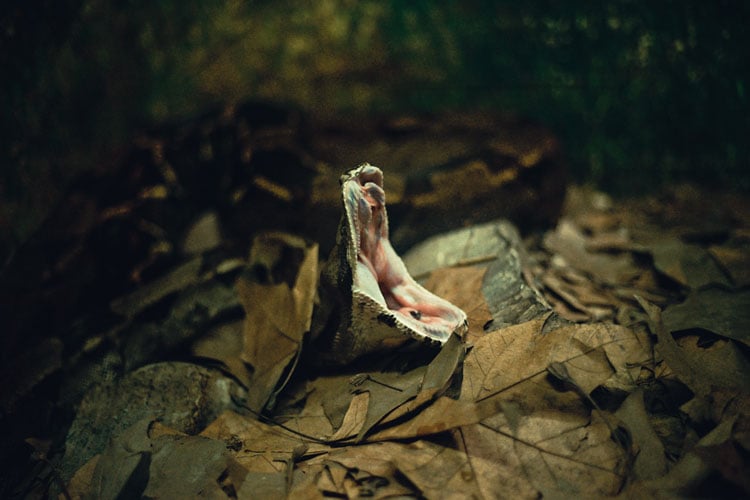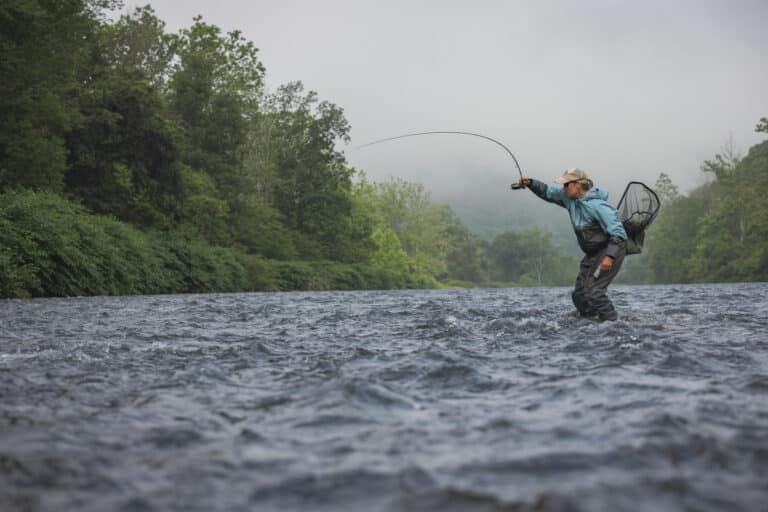Ouch. Young camper’s snakebite cost $142,000
Nine-year-old Oakley Yoder was walking back to her tent at summer camp in Illinois last year when she was bitten by a snake. Suspecting the bite came from a copperhead, camp counselors kept her calm and as motionless as possible as they raced from their remote location to meet first responders. First responders then recommended Yoder fly via air ambulance to the hospital 80 miles away. Once at the hospital, Yoder received four vials of antivenin called CroFab, the only antivenin available in the U.S. at the time.
Less than 24 hours after her ordeal began, Yoder was healthy and released from the hospital. Then the bill arrived. Though Yoder’s parents were responsible for paying less than $3,500 out of pocket, the total cost of her treatment came in at over $142,000. Over $55,000 of that was for the air ambulance transport, but a big portion also came from the nearly $17,000 Yoder was charged for each vial of antivenin—more than five times higher than the asking price. Since Yoder’s run-in with that copperhead a new antivenin has appeared on the U.S. market, a Mexican product called Anavip. The list price for that antivenin is just $1,220 per vial—a price that doesn’t bite nearly as much.
Are you a risk taker? Hiking trails in South Korea’s DMZ are now open.
Looking for a hiking trip that will keep you on your toes? The UN has approved the opening of hiking trails along the heavily fortified North and South Korean border. The “Peace Trail” project, which includes plans to build three trails along the Korean Peninsula’s Demilitarized Zone (DMZ), launched on April 27 with a hiking tour that began at the Unification Observatory and ended at the Mount Kumgang Observatory. The DMZ is 160 miles long. Shut off from the rest of the world for six decades, it has become a haven for an estimated 6,000 species of plants and animals and now, perhaps, hikers as well.
High levels of perfluorinated chemicals are found in breast milk around the world
A recently published report shows that women around the world are transmitting perfluorinated chemicals to their babies via breast milk. Studies have found that breast milk in women all over the globe contains chemicals well beyond levels deemed safe by governments. Perfluorinated chemicals are used on non-stick pans and hundreds of other products and have been found in the breast milk of women in 19 countries in Europe, Asia and North America. Early exposure to these chemicals can cause lifelong damage. Studies have shown that prenatal exposure to perfluorinated chemicals can impact the development of the nervous system and a baby’s immunity. Studies have also shown the chemicals can affect vaccine response, asthma, kidney function, obesity, and the age at which young girls start their period. DuPont, which began using perfluorinated chemicals to make Teflon in the 1940’s, has known since the 1980’s that women pass the chemicals onto their newborns.








